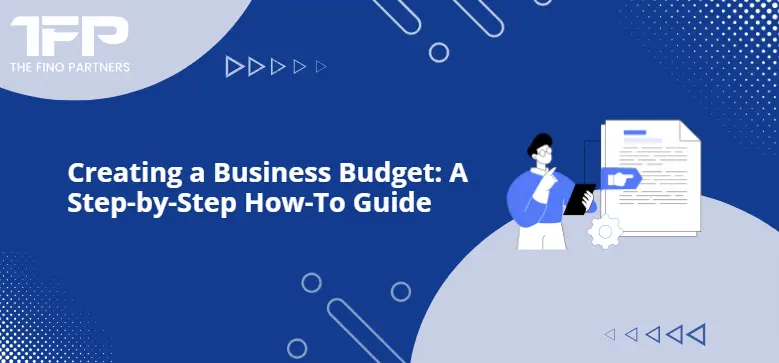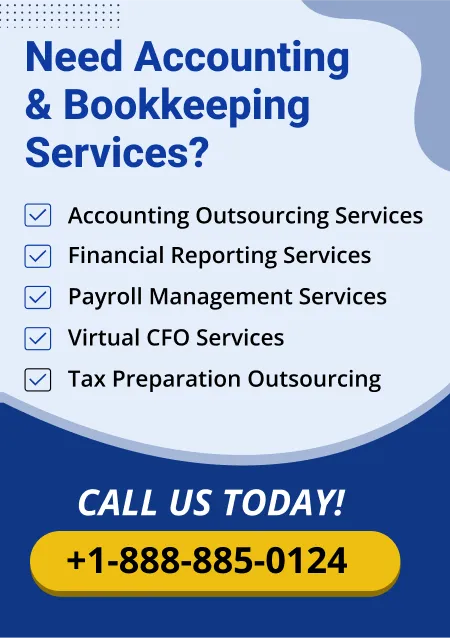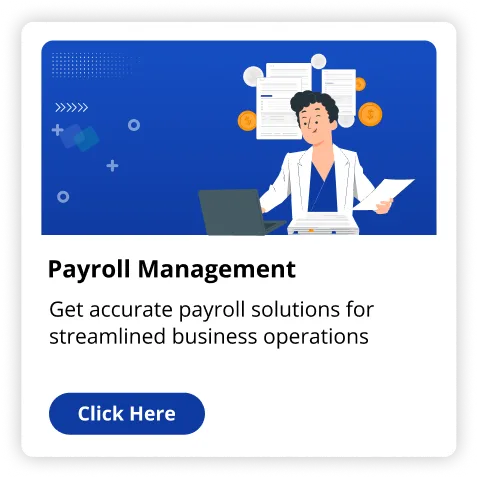Are you thinking of taking control of your business finances? Any business owner who wishes to forecast income, control spending, and set reasonable monetary objectives requires a solid budget. With a planned budget, you can make educated choices, monitor your progress and figure out your finances. For people needing assistance with budgeting, resources like virtual bookkeeping services will help organize your finances so you can concentrate on expanding your company.
Steps to Create a Business Budget
Regardless of whether you are preparing your first budget or wanting to update one, the steps given here will get you started on the right track. Here are the basic steps to develop a business budget using virtual bookkeeping services:
Step 1: Identify Your Income Sources
Step one of budgeting is knowing your income source. For many businesses, income is cash you get by selling a thing or giving a service. Start by listing all income sources you anticipate during the budget period.
For instance, a retail business might generate money from seasonal promotions, online sales, and in-store sales. In case you are merely starting out, estimate your income for every source based on past performance or business benchmarks. This estimated revenue will be your basis for your budget.
For example:
Total Estimated Revenue = In-store + Online Sales.
Step 2: Find Fixed Costs
Fixed costs are expenses which are the same every year or month - regardless of how active your small business is. They are predictable costs that are easier to budget for.
Examples of typical fixed costs are :
- Rental or mortgage repayments.
- Insurance premiums.
- Utility bills (for a few companies).
- Loan payments.
- Permanent staff salaries.
- Software fees which are subscription based.
For example:
Total Fixed Costs = Rent + Insurance + Software Subscriptions.
Step 3: Identify Variable Costs
Variable costs are expenses that change according to your business's sales or production volume. They fluctuate, i,e, they might rise during higher sales periods and fall during slower periods.
Variable costs could include:
- Cost of goods sold (materials, production expenses).
- Sales commissions.
- Shipping & packaging.
- Charges for credit card processing fees.
- Marketing and advertising (particularly when tied to sales campaigns).
For example:
Total Variable Costs= Materials Cost + Shipping + Advertising.
Step 4: Plan for One Off Costs
One-off costs are expenses which aren't part of your regular operation, like new tools, office furniture or relocations. These are tough to predict, so having an estimation in your budget allows you to prepare.
For example:
Total One Off Costs = New Computer + Marketing Consultant.
Step 5: Determine Cash Flow
Cash flow is the distinction between cash coming in your business and cash flowing out. Tracking cash flow regularly helps you keep sufficient cash to cover your bills. Positive cash flow results in more cash flowing in as opposed to out.
Cash Flow = Total Income - (Total Fixed Costs + Total Variable Costs + One Off Costs)
OR
Cash Flow = Total Income - Total Expenses.
Step 6: Estimate Profit
Profit is what remains once you have covered your costs. To estimate profit, subtract your total expenditures out of your total earnings.
Profit = Total Revenue - Total Expenses.
Monitoring your profit every month can assist you to decide in case your business is attaining its financial objectives or if you have to make adjustments to boost profitability.
Step 7: Set Up a Budget Calculator
Set up a budget calculator. A straightforward spreadsheet with columns for estimated and actual amounts in each category can help. By updating the actual amounts often you can find out how close you are to hitting your budget targets.
For instance, a simple table format might look like this:
|
Category |
Budget |
Actual |
Under/Over |
|
Revenue |
$45,000 |
$47,000 |
+$2,000 |
|
Fixed Costs |
$2,700 |
$2,700 |
$0 |
|
Variable Costs |
$4,500 |
$4,300 |
-$200 |
|
One-Off Costs |
$2,000 |
$2,200 |
+$200 |
|
Total Profit |
$35,800 |
$37,800 |
+$2,000 |
Step 8: Review and Adjust Regularly
Your budget isn't a one-size fits all thing; it's a tool that should grow with your business or evolve as your needs change. Reviewing it every month or quarter reveals trends, lets you make informed choices, and compensates for unanticipated expenses or income changes.
Read Also:- 20 Essential Budget Categories for Small Business Financial Planning
Best Way to Create Budget Goals for Growth
Creating a budget is much more than monitoring expenses; it is establishing goals to grow your business. Pick growth goals for the year ahead, month or quarter. For instance, in case you wish to boost revenue 10% over the following year, estimate just how much you will have to spend on advertising, staffing, or inventory to do this growth. Use virtual bookkeeping services to help with this aspect.
Break your goals into actions so they will fit into your spending budget. In case you are employing new workers, estimate the expenses and budget accordingly. Setting these targets enables you to monitor your progress throughout budget reviews and alter spending when necessary.
For example:
In case you raise monthly Sales from USD 10,000 to USD 12,000, your target growth would be Desired sales - Current sales (USD 12,000 - USD 10,000 = USD 2,000). So now you can spend resources to reach that USD 2,000 increase.
Common Budgeting Mistakes to Avoid
Make sure you don’t make these common mistakes when creating a business budget. Here are some mistakes that virtual bookkeeping services help you avoid:
- Overlooking Variable Costs: Not preparing for variable costs could cause budget shortfalls, particularly during hectic seasons.
- Neglecting Emergency Funds: A portion for unexpected expenses could prepare you for changes or emergencies.
- Ignoring Seasonal Trends: Businesses with seasonal revenue fluctuations should set aside funds for slow periods.
- Revenue overestimation: Being way too optimistic with regards to revenue might cause overspending. Base your estimates on conservative projections for a more stable budget.
- Forgetting to Review and Adjust: A budget isn't a one time project. Keeping your budget current based on real results helps you remain on course and adjust to real changes.
Staying away from these mistakes and tracking your budget will certainly make managing your finances simpler. Using expert virtual bookkeeping services can also help you stay away from such issues.
Final Thoughts
It might look challenging to develop a business budget, but developing one is an essential component of handling your cash. Follow these steps to see your financial, expenses, and income health on the whole. Tools like Virtual bookkeeping Services make arranging and monitoring your budget very simple so you can continue growing your business. And remember, a properly maintained budget is a number-driven roadmap to your financial goals, so take your time and create a budget reasonably.
For expert virtual bookkeeping services, call The Fino Partners today.



























